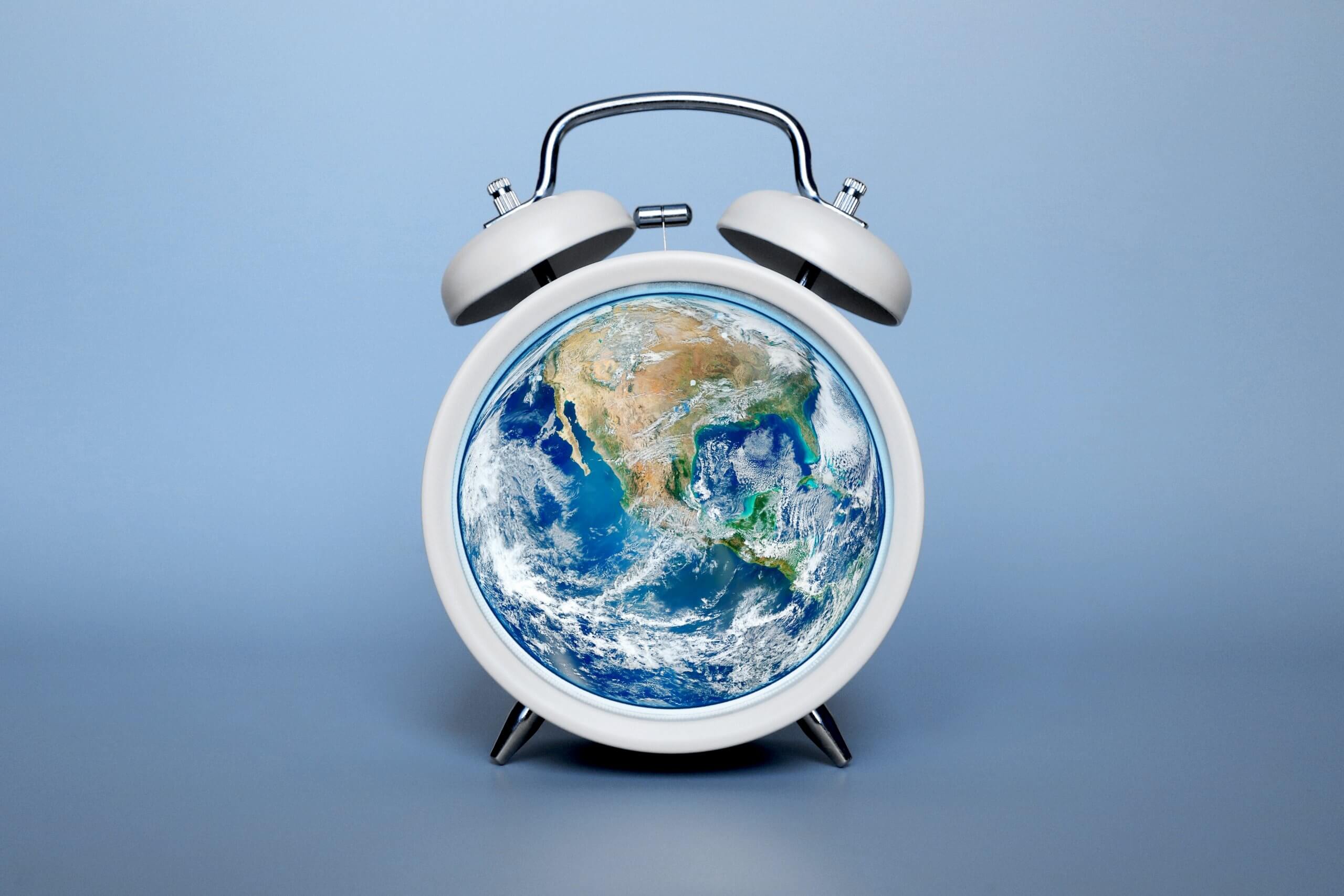As a society, we have come a long way with regard to indoor air quality. Things like improved HVAC equipment and new HVAC technology have taken IAQ to the next level. However, we still have a long way to go in order to secure the future of healthier indoor air environments everywhere. Today, a variety of air pollutants threaten our planet and all of its inhabitants. If air pollution continues at its current rate, what will the world look like in five, 10 or even 20 years from now? And what sort of changes, threats and events will define future indoor air quality concerns?
What Are the Top 10 Air Pollutants?
The most concerning and most pervasive air pollutants today are the ones most likely to define the future. Here is a current list of the top 10 air pollutants, in no particular order.
1. Carbon Monoxide
This gas, consisting of one carbon atom and one oxygen atom, is colorless, odorless and tasteless. These traits make it extremely difficult to detect. Carbon monoxide is produced during the incomplete combustion of fuel.
2. Lead
Lead is a naturally occurring metal found in the Earth’s crust. As uranium and thorium decay into radium, radium then decays into radon, which in turn decays into lead. (Yes, elements can decay and become other elements, more than once!)
3. Particulate Matter
PM, particulate matter or particle pollution, refers to the combination of solids and liquids found in the air. There are three types of particulate matter, PM 0.1, PM2.5 and PM10 based on size. Particulate matter forms when it is directly emitted from a source (e.g. wildfires) or when it reacts in the air with other elements after being emitted from a source (e.g., vehicles).
4. Carbon Dioxide
At room temperature, this gas is colorless, odorless and tasteless. Similar to carbon monoxide, these traits make it extremely difficult to detect. Carbon dioxide consists of one carbon atom and two oxygen atoms. It constitutes a small part of Earth’s atmosphere. This greenhouse gas is produced during the combustion of hydrocarbon fuels (e.g., wood and gasoline).
5. Ground-Level Ozone
Composed of three oxygen atoms, ozone naturally occurs in Earth’s atmosphere. When nitrogen oxides and volatile organic compounds (VOCs) chemically react in sunlight, the result is ground-level ozone.
6. Nitrogen Dioxide
Nitrogen dioxide is composed of one nitrogen atom and two oxygen atoms. It is one gas belonging to a group of gases called nitrogen oxides. This gas is produced when fossil fuels are burned at high temperatures.
7. Sulfur Dioxide
This colorless gas consists of one sulfur atom and two oxygen atoms. Sulfur dioxide is produced when sulfur or materials containing sulfur are burned.
8. Methane
Methane, commonly associated with livestock, is composed of one carbon atom and four hydrogen atoms. This greenhouse gas is emitted during the production and transportation of coal, natural gas and oil. It may also occur when organic waste decays in municipal solid waste landfills.
9. Volatile Organic Compounds
VOCs are a group of chemicals with high vapor pressure and low water solubility. Many VOCs are human-made. VOC emissions originate from liquids and solids.
10. Chlorofluorocarbons
This man-made group of chemicals consists of carbon, chlorine and fluorine atoms. CFCs manufacture a number of products including freon, a refrigerant used in refrigerators.
Future Indoor Air Quality Problems
Environment
With regard to the environment, there are a number of events already taking place that will continue to worsen if we do not reduce air pollution. And, that will in turn continue to worsen air pollution levels.
- Hurricanes, storms, flooding, droughts and wildfires will become more severe and more frequent. We are already seeing these drastic changes in weather due to excessive carbon dioxide emissions.
- Ocean acidification, rising sea levels, agricultural destruction, deforestation, extinction and general ecosystem damage will continue at an unprecedented rate.
- The ozone layer, which projects all of Earth’s inhabitants, is fading away due to degrading chemicals. While the ozone layer naturally replenishes itself, it cannot compete with excessive emissions. Soon, we may not have an ozone layer to shield us from ultraviolet radiation.
 Air Pollution and Health: Health threats from air pollution exposure are already significant concerns for many people. As climate instability continues and extreme weather and air pollution threats continue, the potential health consequences also worsen. Here’s how indoor air pollutants harm your health →
Air Pollution and Health: Health threats from air pollution exposure are already significant concerns for many people. As climate instability continues and extreme weather and air pollution threats continue, the potential health consequences also worsen. Here’s how indoor air pollutants harm your health →Humans and Climate Change
There are a number of events already taking place that will continue to affect humans and society, specifically due to climate change.
- Drastic changes in weather cause injury, death, property damage and threaten our nation’s infrastructure. The most notable and recent example being the Texas power crisis of 2021.
- As aforementioned, carbon dioxide emissions contribute greatly to climate change. The frequency and intensity of heat waves have increased and mortality rates have risen as a result.
- Waterborne and pest-related diseases are a concern. If these diseases spread in a manner similar to COVID-19, then millions if not billions would be affected.
- Airborne allergens may increase in number and continue to spread faster than ever before.
- The United States may face an increased number of humanitarian, trade and national security issues due to food scarcity, mass migration and the like.
- According to the American Lung Association, the top effects of air pollution on human health include: premature death, asthma attacks, cardiovascular disease, lung cancer, developmental damage, susceptibility to infections, worsened COPD symptoms, lung tissue swelling and irritation, low infant birth weight and wheezing, coughing and shortness of breath. We have observed these effects for years now and the numbers are increasing as climate instability worsens.
- Scientists predict that the air could become extremely poisonous by 2030. In fact, it would be so poisonous that we will need oxygen kits to breathe properly.
As surprising as it may be, air pollution plays a significant role in all of the listed future concerns and environmental threats. Air pollution, climate change, health effects exist in a cyclical nature.
What Does the Future of IAQ Look Like?
We know for a fact that air pollution’s effects will impact generations to come. We spend the majority of our lives indoors, and thus recognizing and tackling future indoor air quality concerns is crucial. There are a lot of solutions floating about, but few are tangible for individual action. If you’re looking to take action in your space and protect yourself and your family, investing in indoor air quality products is the first line of defense.



